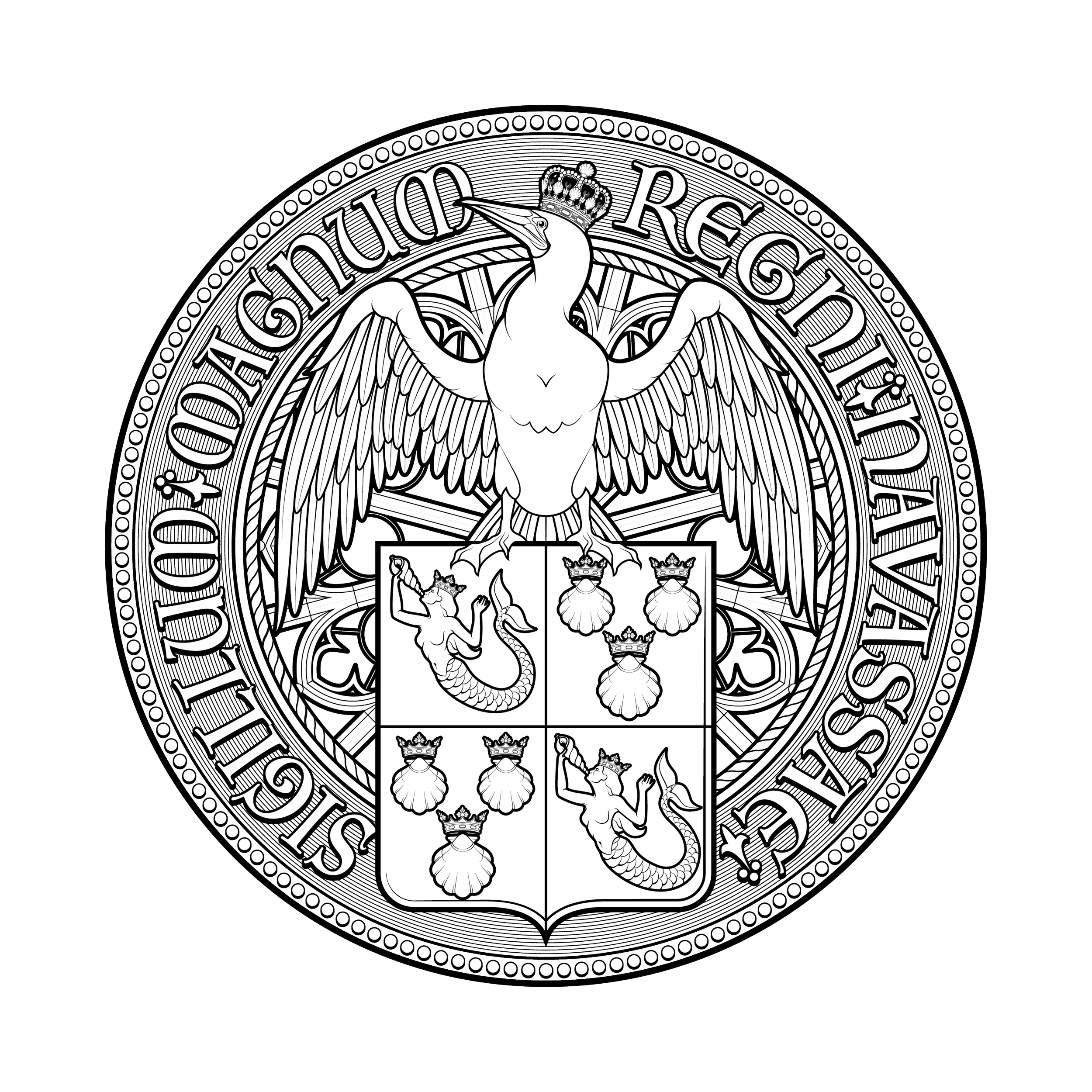Founding of the Order of the Rose
Décret-Loi Royal n° 10-2025
Année VIII du Règne de Sa Majesté Marie-Adélina Première
Instituting “The Most Compassionate Order of the Rose”
PREAMBLE
By the grace of the People and the Grand Charter of the Realm, We, Marie-Adélina I, Sovereign of the Kingdom, mindful of Articles 2 of the Grand Charter concerning Crown honours and distinctions, and desirous of encouraging voluntary service to the common good, do hereby ordain as follows:
ARTICLE 1 – Establishment
A chivalric order of merit entitled “The Most Compassionate Order of the Rose” (hereinafter “the Order”) is hereby created.
The Order shall be placed under the fount of honour of the Crown and administered by the Chancery of Honours.
ARTICLE 2 – Purpose
The Order exists to recognise outstanding gifts of time, talent, and treasure that advance community-focused initiatives..
ARTICLE 3 – Grades
Grade Formal Style(s) Post-nominal
Chevalier Grand Rose / Chevalière Grande Rose / Chevaliem Grand Rose: Grand Rose CGR
Chevalier Officier / Chevalière Officière / Chevaliem Officiem: Officier / Officière / Officiem COOR
Chevalier / Chevalière / Chevaliem: COR
Member: MOR
Recipients may elect the masculine, feminine, or gender-neutral form.
ARTICLE 4 – Insignia
Member – lapel pin.
Chevalier /-ère /-em – neck badge on sea-teal ribbon.
Chevalier Officier /-ère /-em – neck badge and breast star.
Grand Rose – breast star, and badge worn on sea-teal sash.
Designs and manufacturing specifications shall be approved by Royal Warrant.
ARTICLE 5 – Annual Appointment Limits
To preserve the prestige of the Order, annual appointments shall not exceed the numbers set below, exclusive of honorary awards.
Grade Maximum appointments per calendar year:
Member: Unlimited
Chevalier /-ère /-em: 30
Chevalier Officier /-ère /-em: 12
Grand Rose: 6
ARTICLE 6 – Special Provision for Grand Rose
A member of the grade of Grand Rose is conferred ex officio upon each investiture as Bernadine Casseus Transgender Laureate.
ARTICLE 6 bis – Automatic Induction of Benefactors
Any natural or legal person who, in a given calendar year, contributes not less than the Benefactor’s Threshold—as fixed annually by the Crown-in-Council—to the Bernadine Casseus Transgender Laureate Program shall, upon confirmation by the Chancellor of Honours, be automatically entered on the Roll as Member of the Order.
Such automatic appointments shall not be counted against the annual limits set in Article 5.
Benefactors so inducted may subsequently be nominated for higher grades in accordance with Article 7.
ARTICLE 7 – Nomination and Appointment
Nominations may be submitted by:
i. Two existing Members of the Order;
ii. A recognised civic organisation; or
iii. By formal letter to the Privy Council.
b. These nominations are examined by the Privy Council, which transmits its recommendations to the Sovereign.Appointments take effect upon the issue of Letters Patent under the Great Seal.
ARTICLE 8 – Rights and Duties of Members
Members may bear the prescribed insignia and appropriate post-nominal letters.
All members are expected to uphold Navassa’s values of Service, Solidarity, and Stewardship.
ARTICLE 9 – Forfeiture and Resignation
The Sovereign may cancel an appointment on proof of grave misconduct.
A member may resign by submitting a signed instrument to the Sovereign; insignia must be returned.
ARTICLE 10 – Transitional Appointments
Upon the coming into force of this Decree-Law, the Sovereign may, motu proprio, appoint founding members in any grade within the limits of Article 5 to honour longstanding contributors.
ARTICLE 11 – Entry into Force
This Decree-Law enters into force immediately.,


